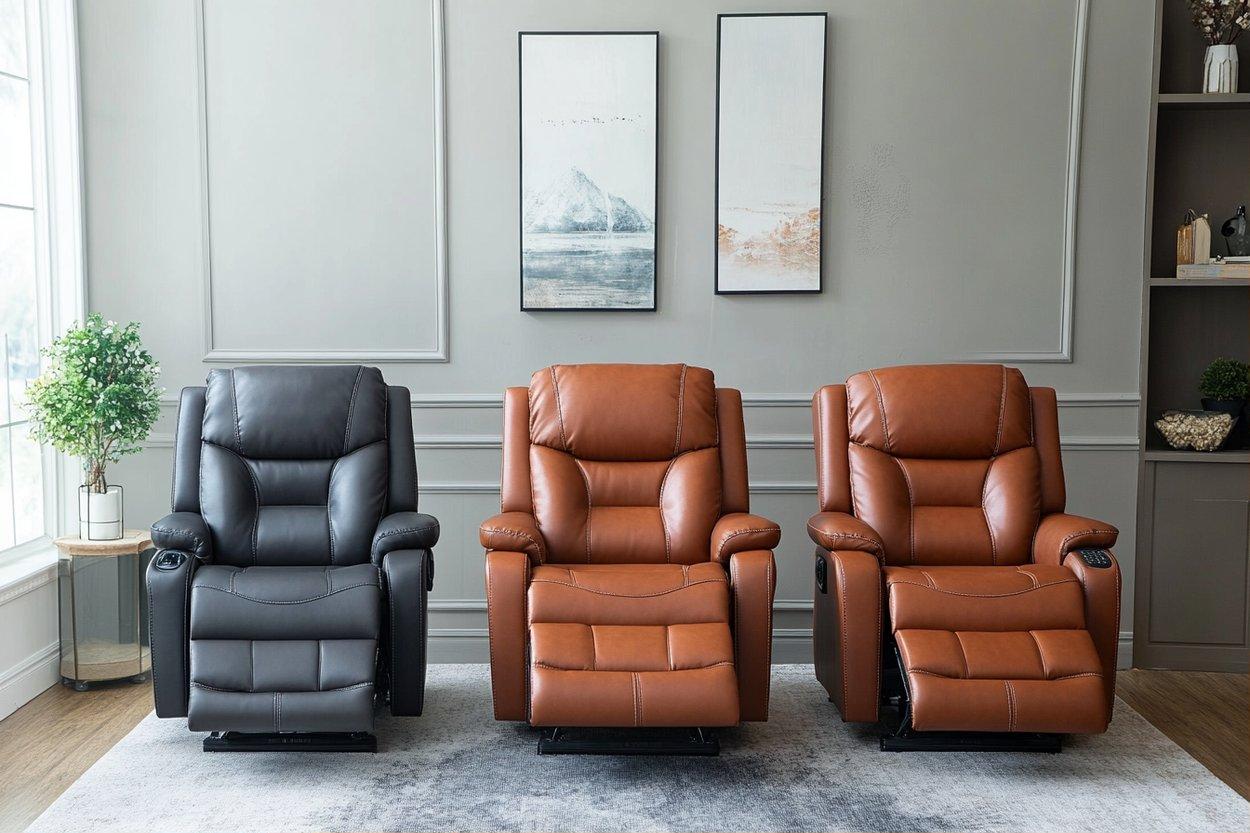Exploring Interior Design Basics for Everyday Spaces
Interior design is the art of arranging furniture, colors, and shapes to make rooms look and feel inviting. This article explains how different layouts, lighting, and textures can change a room. Learn about simple styles, common design ideas, and how people use design to create spaces that fit their daily needs. It is a practical look at how design choices can make living areas more useful and enjoyable without needing special training.

What Are Interior Design Basics Every Homeowner Should Know?
Interior design basics encompass fundamental principles that guide successful room planning and decoration. Color theory forms the foundation, where understanding warm and cool tones helps create desired moods and visual balance. The 60-30-10 rule provides a reliable framework: use a dominant color for 60% of the space, a secondary color for 30%, and an accent color for the remaining 10%. Scale and proportion ensure furniture fits appropriately within room dimensions, while lighting combines ambient, task, and accent sources to create layered illumination. Texture adds visual interest through varied materials like smooth metals, rough woods, and soft fabrics.
How Can Room Layout Ideas Maximize Space and Flow?
Effective room layouts prioritize traffic flow and functional zones within available space. Start by identifying the room’s primary purpose and arranging furniture to support that function. Create conversation areas by positioning seating pieces to face each other, maintaining distances of 4-8 feet for comfortable interaction. Float furniture away from walls when space allows, using area rugs to define separate zones within larger rooms. Consider sight lines from doorways and windows, ensuring pathways remain unobstructed. The golden rule suggests leaving at least 36 inches of walking space around major furniture pieces, though 18 inches suffices in tighter areas.
Which Home Design Tips Create Cohesive Interiors?
Successful home design relies on establishing visual connections between rooms while maintaining individual character. Repeat elements like colors, materials, or patterns throughout connected spaces to create flow without monotony. Choose a consistent flooring material for open-concept areas, using area rugs to define specific zones. Maintain similar wood tones or metal finishes across furniture and hardware selections. Balance busy patterns with solid colors, and distribute visual weight evenly by placing larger items opposite lighter elements. Natural elements like plants or wood accents help unify diverse design choices while adding warmth and texture.
What Living Room Design Elements Create Welcoming Spaces?
Living room design centers on creating comfortable gathering spaces that accommodate various activities. Establish a focal point such as a fireplace, large artwork, or entertainment center, then arrange seating to complement this feature. Layer lighting sources including overhead fixtures, table lamps, and floor lamps to provide appropriate illumination for different times and activities. Choose furniture scaled appropriately for room size, avoiding pieces that overwhelm smaller spaces or appear lost in larger rooms. Incorporate storage solutions that maintain clean lines while hiding everyday clutter. Add personality through carefully curated accessories, artwork, and textiles that reflect personal interests and lifestyle needs.
How Do Interior Design Styles Guide Decorating Decisions?
Interior design styles provide frameworks for making cohesive decorating choices that align with personal preferences. Traditional styles emphasize classic furniture shapes, rich fabrics, and warm color palettes with formal symmetry. Modern design features clean lines, minimal ornamentation, and neutral colors with bold accent pieces. Contemporary styles blend current trends with comfortable functionality, often incorporating mixed materials and updated classic elements. Transitional design bridges traditional and contemporary approaches, creating timeless spaces with subtle pattern mixing and balanced proportions. Understanding style characteristics helps narrow furniture and accessory choices while maintaining design consistency throughout the home.
Conclusion
Mastering interior design basics empowers homeowners to create spaces that function beautifully while expressing personal style. These fundamental principles provide reliable guidelines for making decorating decisions, from initial room layouts to final accessory placement. Success comes from understanding how color, scale, lighting, and style work together to create cohesive environments. Whether implementing small changes or undertaking major renovations, applying these core concepts helps ensure results that enhance daily living while creating welcoming spaces for family and guests.




